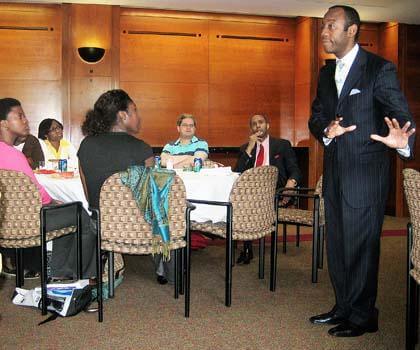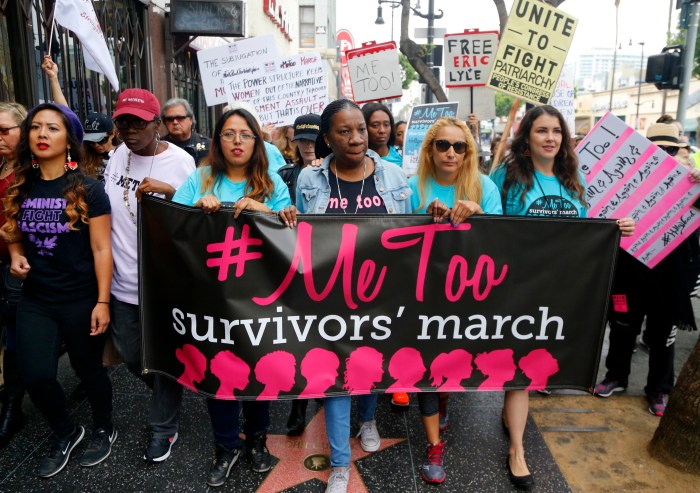By Anna Gustafson
Since St. John’s University professor Leonard Baynes launched the summer law school prep program four years ago in response to a decline in enrollment of black and Latino students at U.S. law schools, the program has continued to usher more minorities into prestigious law schools and officials are hoping this year will top last year’s achievements.
Last year was the most successful year, when 21 out of the 24 students in the junior program were accepted into law school, including Yale, George Washington, and St. John’s, Baynes said.
Those individuals included blacks, Latinos, immigrant students and individuals from lower socio-economic backgrounds who are often at a disadvantage when applying to law school, according to Baynes, who runs the program and is the executive director of the Ronald H. Brown Center for Civil Rights and Economic Development. The center sponsors the program through St. John’s’ Law School.
“Some of our students are immigrants and English is not their first language, some are from low-income families, some are on public assistance, some come from single-parent family households and the vast majority are African-American and Latino,” Baynes said. “They are the ones who provide credibility to the legal profession. As the nation becomes more and more diverse, you need people in law to represent that diversity. They’ll be able to appreciate language differences, immigration issues and they can be role models for society.”
Baynes said the number of blacks in law schools has declined more than 20 percent over the past four years and now constitute only 6 percent of the students in New York law schools. Puerto Ricans, the largest Latino group in the state, make up about 1 percent of students in New York law schools, Baynes said.
The program has grown from four days in 2005 to the current nine-week session, which includes three weeks of classes and six weeks of internships. The program includes more than 62 students in both the sophomore and junior classes. The students attend the program for two years after completing their sophomore and junior years in college.
St. John’s has partnered with John Jay, Medgar Evers and York colleges and the United Negro College Fund to identify students from underrepresented backgrounds who are eligible to attend the program.
Program officials frequently bring in speakers to talk to the students about law, including the executive director of the New Jersey Institute for Social Justice, Cornell Williams Brooks, who spoke to a group of juniors last Thursday.
“There’s nothing more important than what you’re doing now,” Brooks said to the students of their law school prep work. “What you do now will set the trajectory for the rest of your career.”
Hadia Sheerazi, an incoming senior at St. John’s who is from Pakistan, said she was thrilled when she was accepted into the program, which helped her to land internships at the New York attorney general’s office as a sophomore.
Edwin Hernandez, who is from the Dominican Republic and in a dual bachelor’s and master’s program at John Jay, praised the program’s attempts to increase diversity in law schools.
“A diverse group brings a perspective to a case that could enlighten other members of the court,” said Hernandez, who added he was excited to see Bronx native Sonia Sotomayor likely to take a seat on the U.S. Supreme Court.
Reach reporter Anna Gustafson by e-mail at agustafson@cnglocal.com or by phone at 718-229-0300, Ext. 174.































